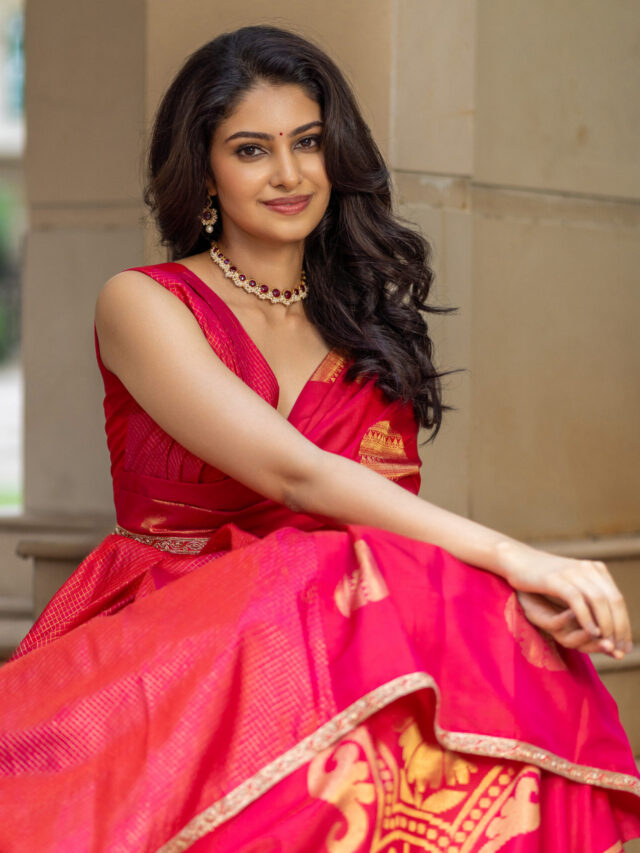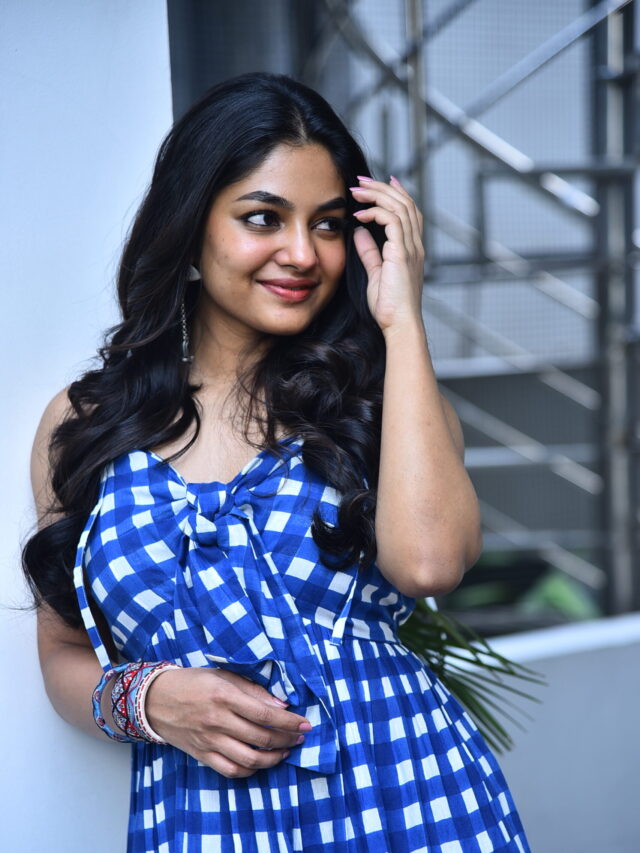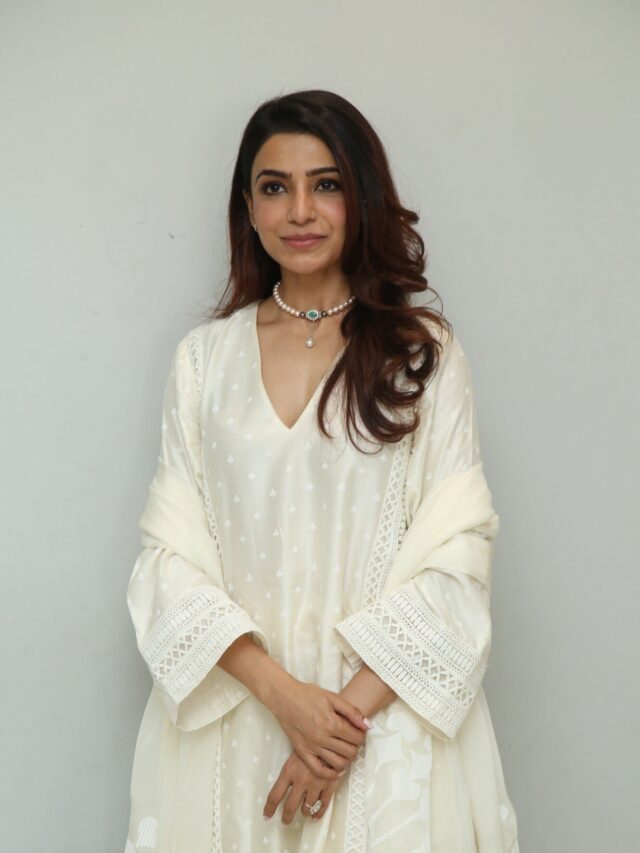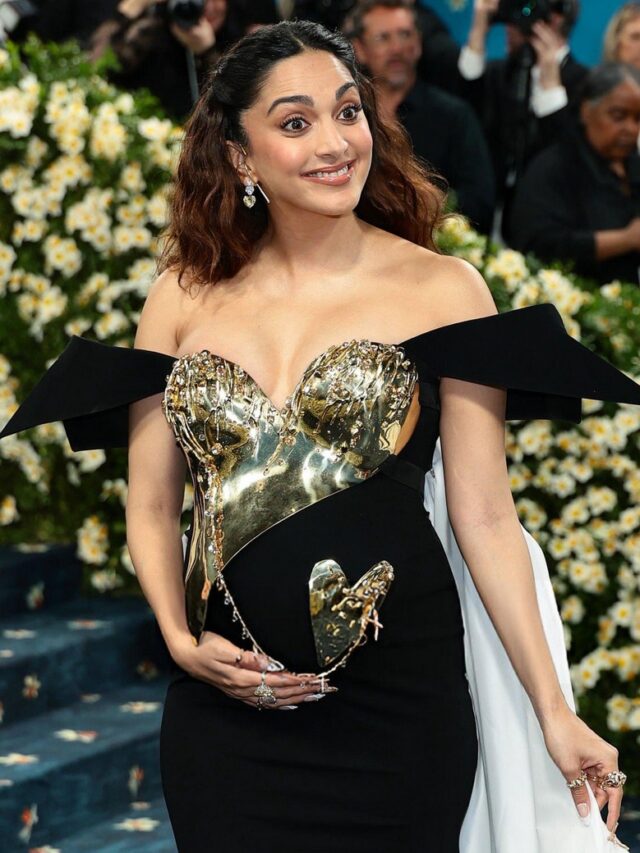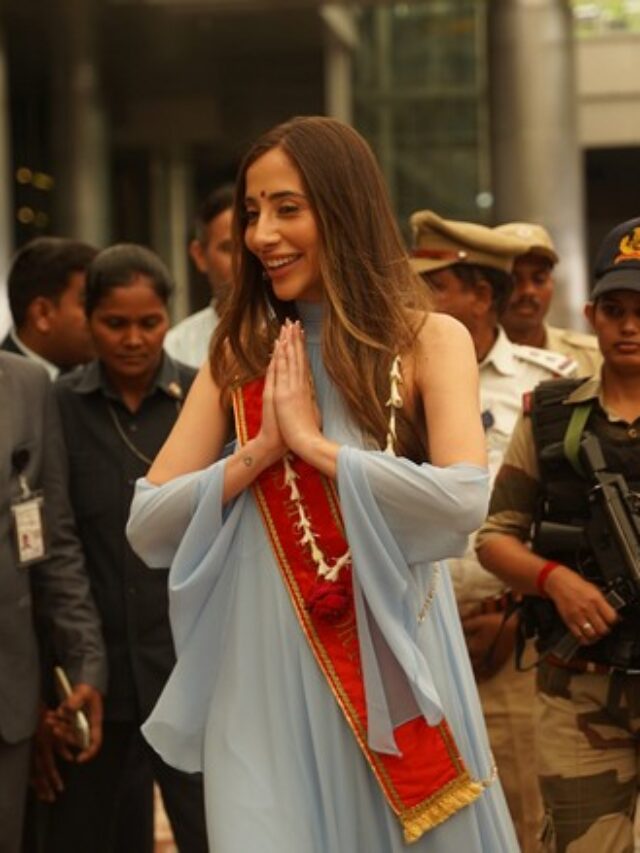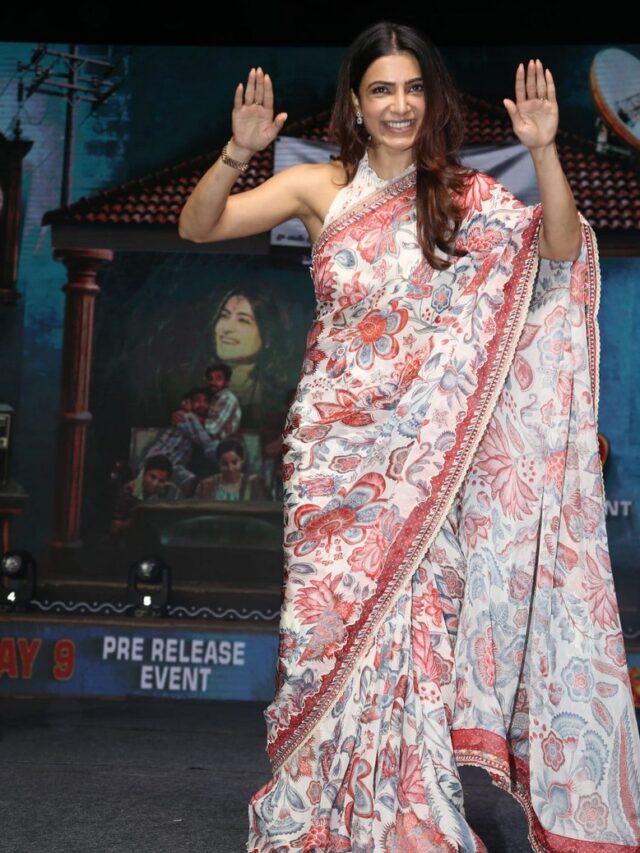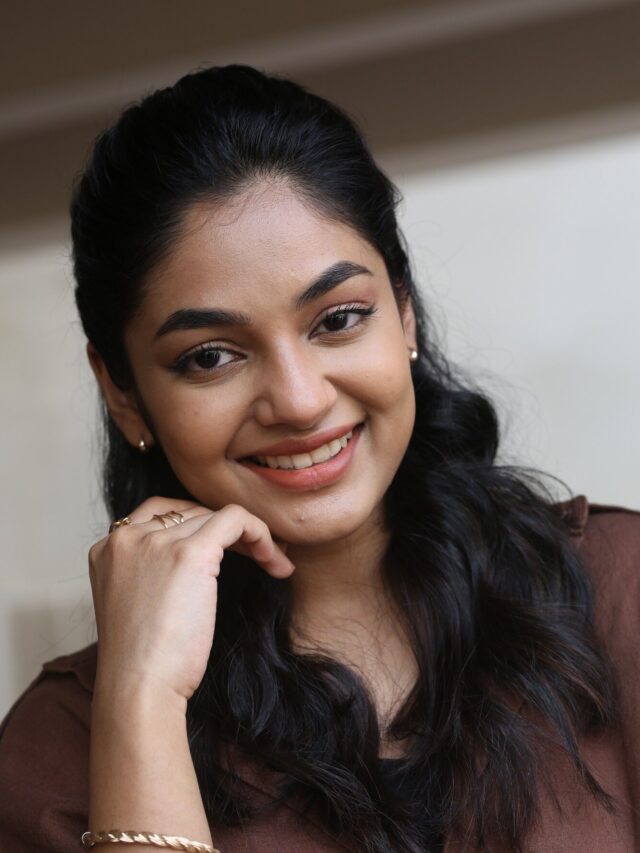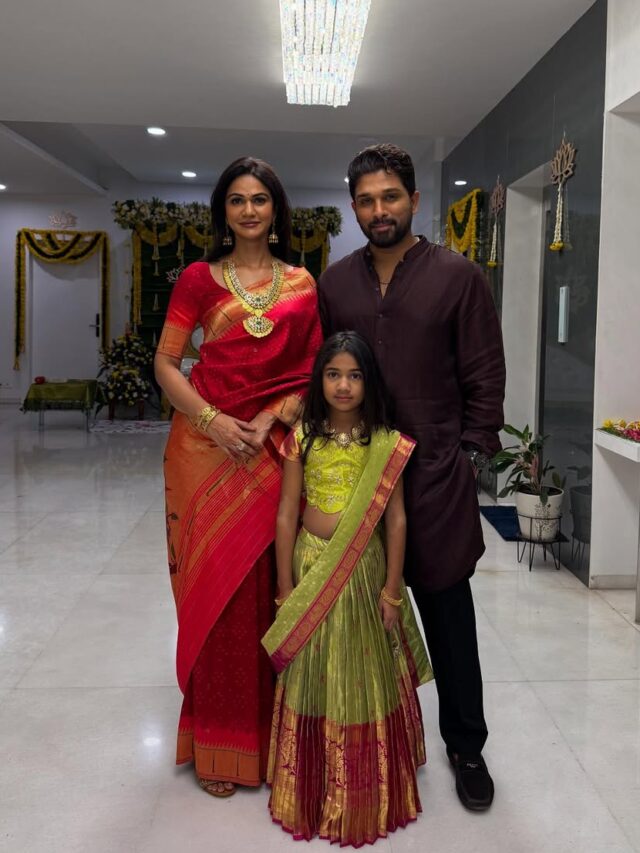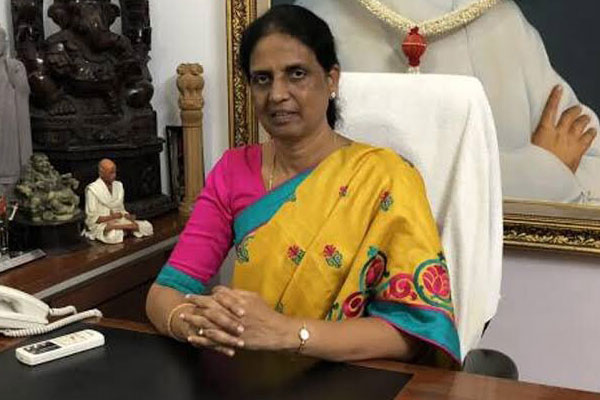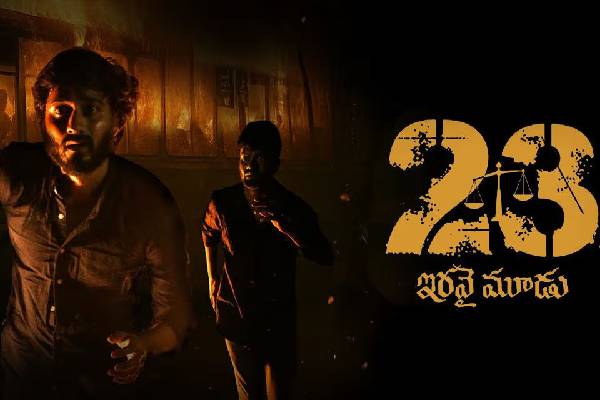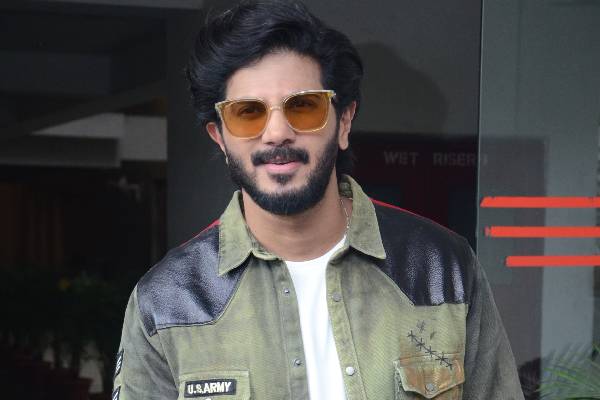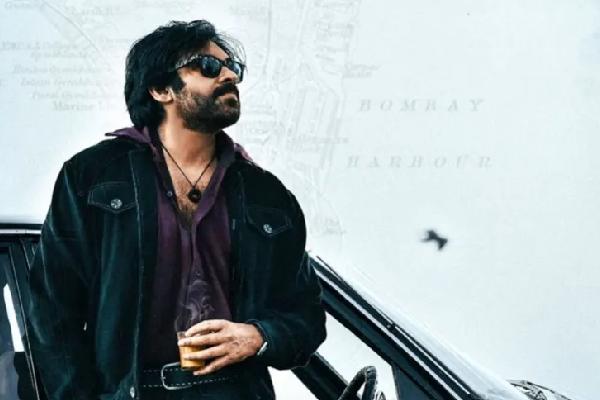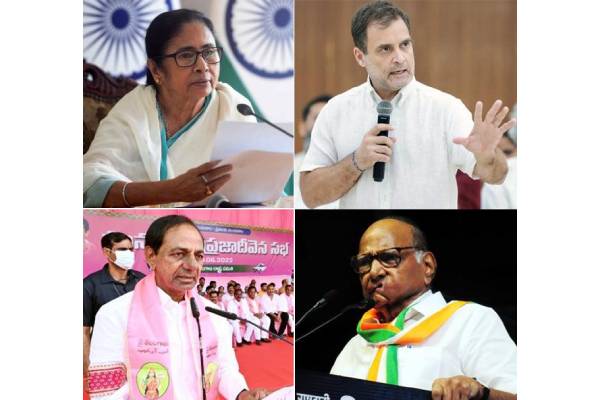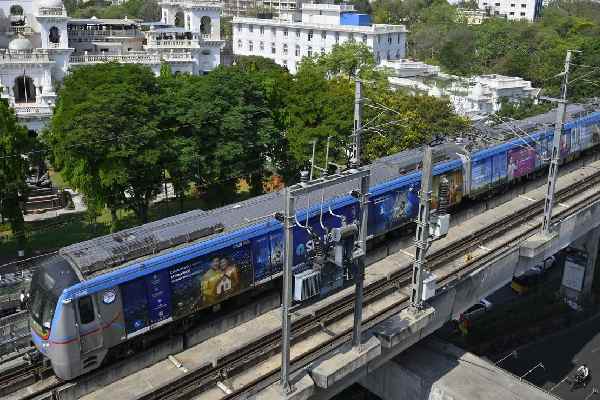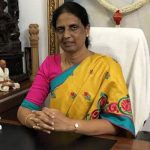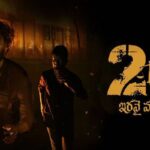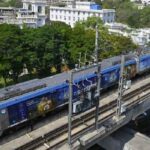The churn in the opposition camp in view of the general elections that is to happen in less than two years can throw up several possibilities.
It may be too early to predict whether a phoenix emerges or the churn ends in scattering stars. The question is who will challenge Narendra Modi and does any opposition leader have an alternative to ‘sabka vishwas’ … and the power of Hindutva?
Presently, the opposition is disjointed, with each party in their own realm, weaving their own webs to stay afloat. According to the Election Commission of India, the total number of registered parties is 2,858 — eight national parties, 54 state parties and 2,796 unrecognised parties. (This data dates back to September last year.) From time to time, some of these parties come together to form one or the other front.
The country has seen several coalition governments at the Centre as well as in the states. At the Centre, the experiment began in 1977 with the short-lived Janata Party government headed by Morarji Desai.
Then there was the National Front government, first headed by V.P. Singh, followed by the United Front government, first headed by H.D. Deve Gowda in 1996, followed by the BJP-led coalition headed by A.B. Vajpayee in 1997, the National Democratic Alliance (NDA) in 1999, which was followed by the Manmohan Singh-led United Progressive Front in 2004 and 2009. In 2014, the NDA under Narendra Modi took over.
Being out of power for 10 years at the Centre and increasingly losing the states as well, the opposition has been finding itself on the backfoot and almost waning in political influence across the country. But will it be able to come together to take on the BJP? That is the million-dollar question.
After the drubbing in the 2014 Lok Sabha polls, the opposition was at a loss to figure out how to counter the Modi wave, which remained more or less the same even in the 2019 elections. In between, elections in a number of states have been good off and on for the Opposition. Madhya Pradesh, Karnataka, and now Maharashtra are examples where the opposition lost despite forming governments initially.
The BJP has been far ahead in its political strategies before and after elections. The opposition, most of the time, has been in a state of utter disarray with weak strategies and also lacking the will to take on the might of Modi or the BJP.
For any thriving democracy, it is essential to have a robust opposition that can make the people see through the government’s policies and decisions, and take up issues meaningfully. This may be an ideal situation, but the fact remains that the opposition, most of the time, has failed to rise to occasion. Whether it is inside Parliament or outside, the general feeling is that despite grave issues confronting the government, and the many sticks to beat the government with, the opposition has not been able to do much, except for Modi bashing.
The opposition has several stalwarts and mass leaders who have individual areas of influence. Such as Mamata Banerjee in West Bengal, M.K. Stalin in Tamil Nadu, K. Chandrashekar Rao in Telangana, Nitish Kumar in Bihar, the Left in Kerala, the Congress in MP and Chhattisgarh, Naveen Patnaik in Odisha, Jagan Mohan Reddy in Andhra, and the AAP supremo Arvind Kejriwal. Besides them, there are the Gandhis and the other dynasts, such as those of Sharad Pawar, Mulayam Singh, Lalu Prasad, Deve Gowda, the Abdullahs and the Muftis. The list is long. The majority of them tasted power for a long time and now want the pie at the Centre.
Most of these leaders dream of taking up the top job of the country. Rahul Gandhi, Mamata Banerjee, KCR, Sharad Pawar, and the latest in the list, Arvind Kejriwal, all have made their aspirations known.
The contenders are many, which has perhaps been one of the big hurdles in the way of opposition unity. There is no political party at the national level which can single-handedly take on the Modi-led BJP. The Congress, over the past eight years, has been going downhill, so much so that other parties are shying away from forming alliances with it.
To recover lost ground, the Congress has been betting on its Bharat Jodo Yatra. Rahul Gandhi is aiming to rebuild his party and salvage his image. But more than creating influence, Rahul Gandhi seems to be generating other controversies that threaten to overshadow the Yatra’s intent.
Mamata Banerjee finds herself on shaky ground after ministers and leaders from her party have been caught in scams. As stacks of cash recovered from the premises of the leaders of her party get flashed in the media, her image takes a beating.
KCR and Stalin do not carry the same popularity in the rest of the country as they do in their respective states. Their area of influence outside their states is limited.
That leaves two names — Nitish Kumar and Arvind Kejriwal.
Kejriwal has been gradually increasing his party’s footprint across the country. Slowly, he is trying to take over the space vacated by the Congress. His area of influence across the country is rising.
His party is projecting him as PM material, but he may not be ready for the top job in 2024, as a lot will depend upon AAP’s performance in Gujarat and Himachal Assembly polls. In case, the BJP takes a hit from the AAP, then Kejriwal will prove to be the biggest contender from the entire opposition.
Nitish Kumar’s activism after severing his ties with the BJP in getting the Opposition unified has propelled him to the national stage. Though he has been reluctant to admit that he is a claimant for the top post, his meetings with several other opposition leaders have been enough to make his aspirations public.
It is too early to predict whether the Opposition will get united before the 2024 Lok Sabha elections. The unity to a large extent depends upon the Congress, which insists on being the centre of the alliance. It has been proving to be a speed-breaker in the unity efforts.
With several opposition leaders trying to make individual efforts towards some sort of unity, the political game has already begun. With less than two more years to go, the country seems to be entering into a poll mode.




